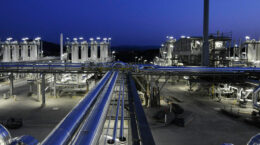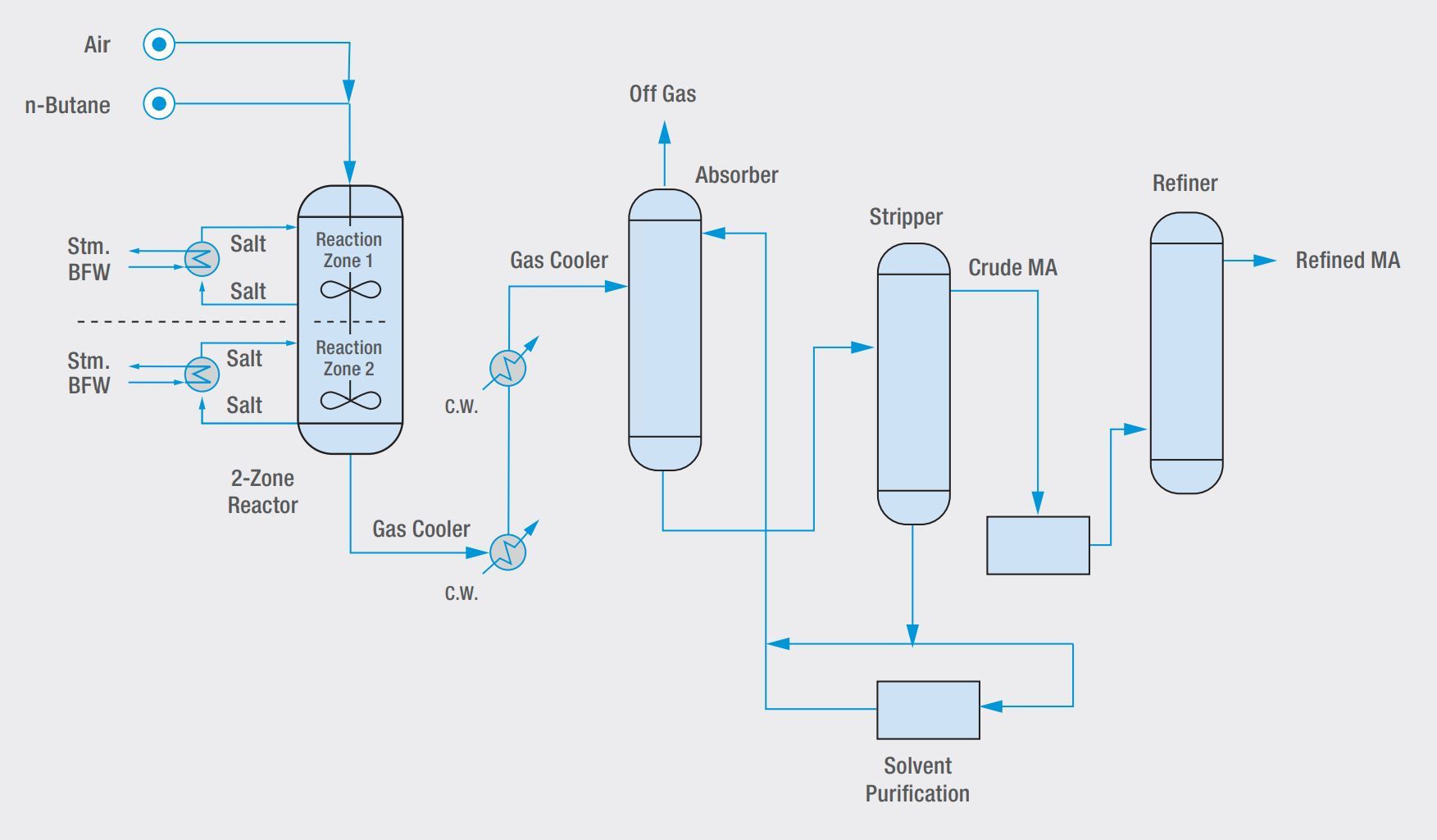Why BASF?
BASF is the only major producer of MA catalysts with:
- Own Catalyst R&D with lab and pilot scale production including performance testing at Ludwigshafen, Germany
- Own MA catalyst production at Ludwigshafen, Germany
- Own MA reference plants under different operation conditions (e.g., single pass, recycle mode)
- The excellent technical service from BASF is well known in the market from phthalic anhydride (PA) catalyst filling, start-up and customer contacts during operation. Additionally BASF further developed the new MA filling machines and ΔP measurement devices










